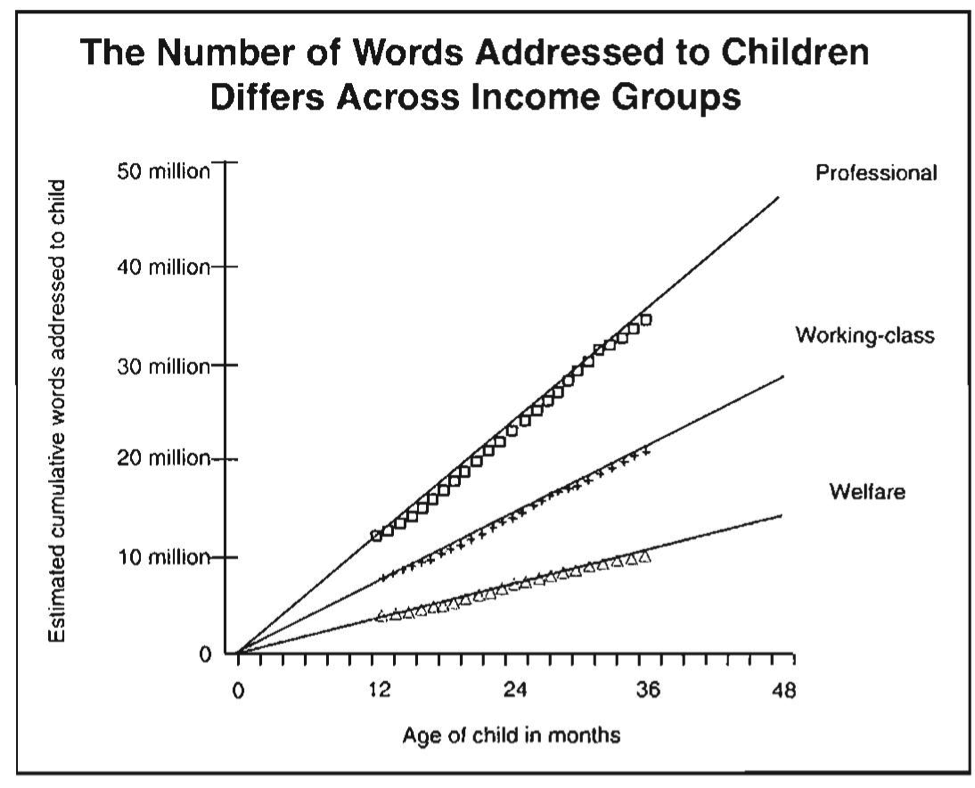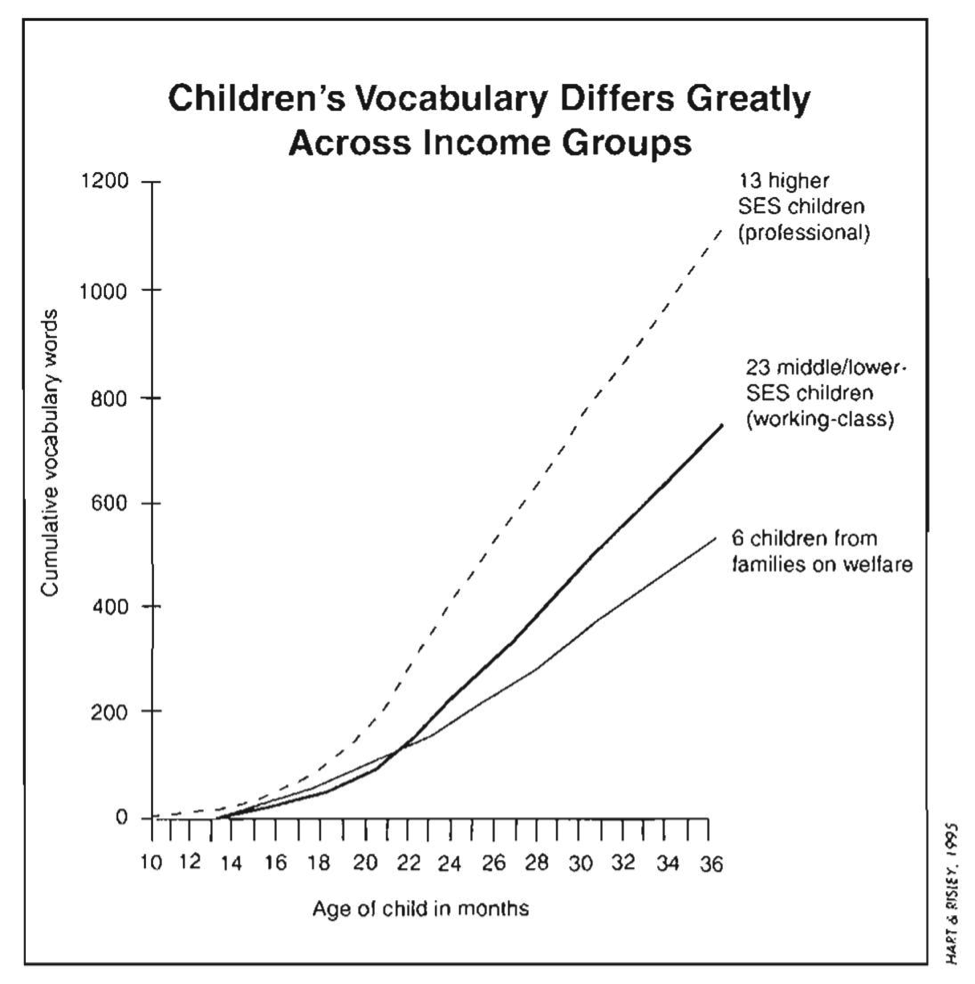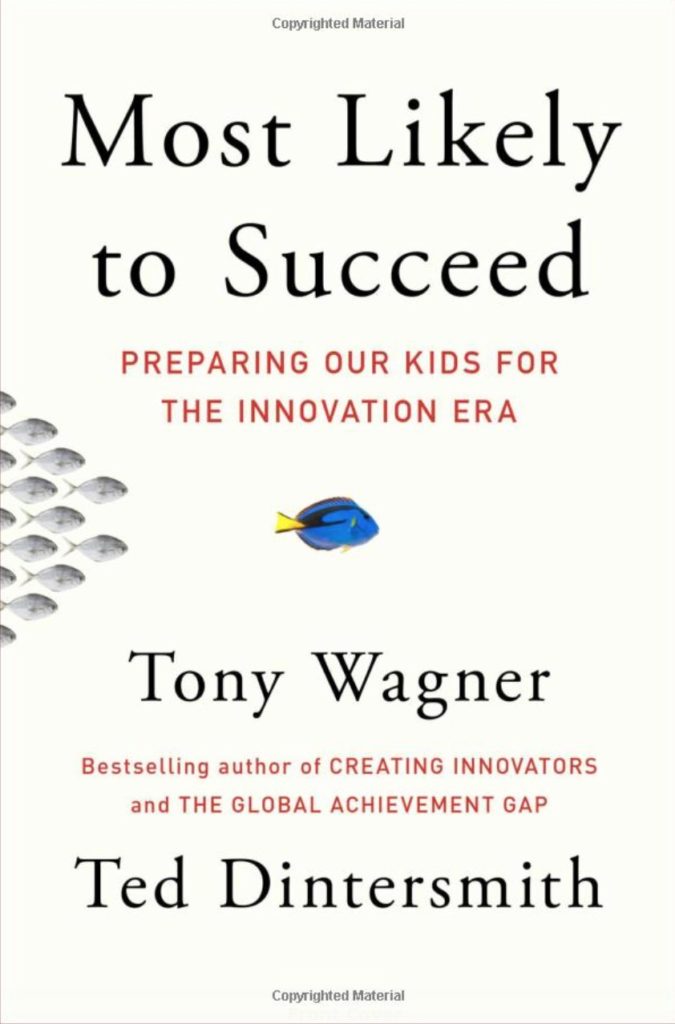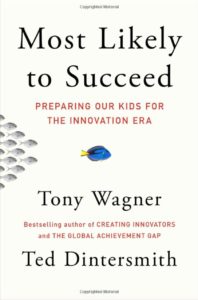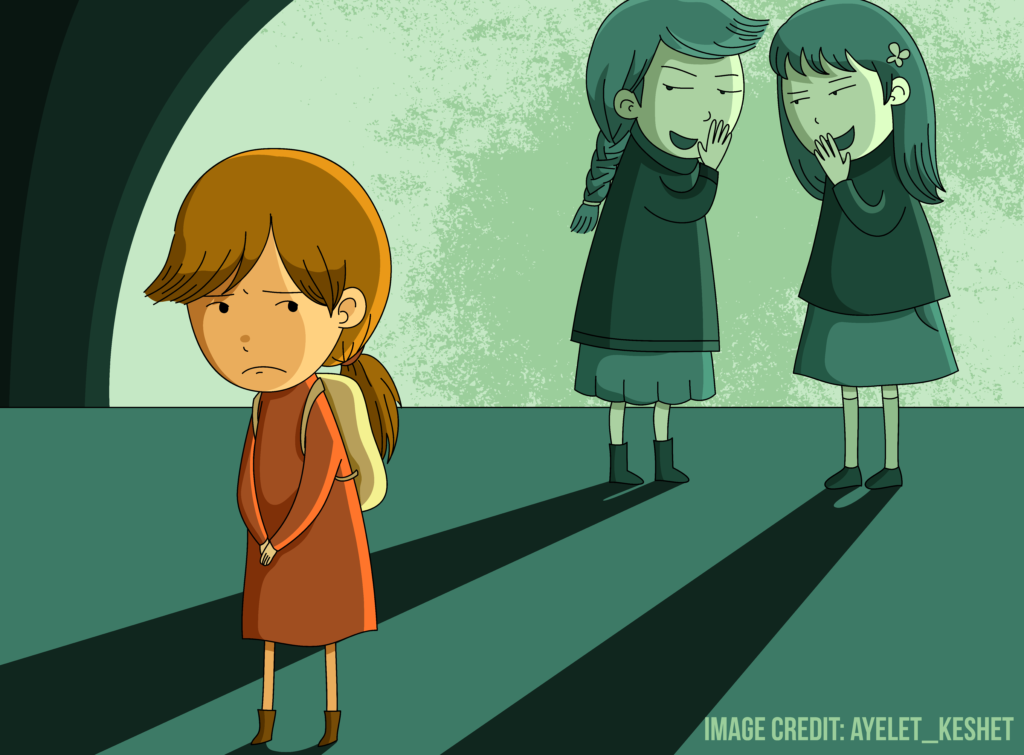
In 1988 psychologist James Pennebaker1 and his colleagues conducted a study with somewhat of a counterintuitive design: 50 college students were randomly assigned to write about either a personal topic or an assigned topic that was far less emotional.
Their hypothesis?
That the personal topic group would have improved immune system functioning and less health center visits (over a period of six weeks) as compared to the assigned topic group (control). Here are the instructions that were given to the former group:
During each of the four days, I want you to write about the most traumatic and upsetting experiences of your entire life. You can write on different topics each day or on the same topic for all four days. The important thing is that you write about your deepest thoughts and feelings. Ideally, whatever you write about should deal with an event or experience that you have not talked with others about in detail.
There is no way that a 20 minute writing exercise could have these types of health benefits, let alone six weeks after the initial four days of writing….right? Think again. At the six week follow-up the trauma writing group exhibited superior immune function, as compared to the control group, and a statistically significant decline in health center visits, whereas this was not true for students in the control group. Not only was their hypothesis correct but many studies since then have extended their results. The type of writing strategy described above is often referred to as “expressive writing”, an activity where participants put their thoughts and feelings into words.
To put this effect into context it’s important to point out that a large body of research has demonstrated the benefits of disclosing thoughts and emotions2, through both talking and writing in general4, 5. As a specific type of disclosure activity, studies have built on the early Pennebaker findings, exploring the benefits of expressive writing on many health and lifestyle outcomes5, ranging from reducing respiratory problems6 and persistent negative thoughts7 to decreasing the time to find a job8. Studying the benefits of expressive writing across 146 studies, Joanne Frattaroli5 found a relatively small but positive effect. In discussing the size of this effect, she pointed out that while it was not as large as some other studies have suggested, it still can be a powerful intervention considering the fact that is very inexpensive to implement and is not very time-consuming.
Lastly, it’s important to point out that this strategy is not effective for every outcome5. For example, studies on improving body image9 have found no effect. Additionally, negative effects have been found for men with PTSD, leading to more doctors’ visits than the control group10.
What about academic outcomes? Can expressive writing help students learn and perform to their potential?
Interestingly, subsequent studies have also shown benefits for grade point average11, reducing achievement gaps12, 13, and exam performance for those high in math anxiety14, among other school-related outcomes. In the next section I’ll dive a little deeper and review a few studies that applied the expressive writing framework to learning outcomes.
In The Classroom: Math and Test Anxiety
According to Christina Young and colleagues15 mathematics anxiety is “a negative emotional response that is characterized by avoidance as well as feelings of stress and anxiety in situations involving mathematical reasoning”. It is a pervasive phenomenon that affects adults as well as children and adolescents at all levels of mathematics education15. It is also important to recognize that while a little bit of stress is generally healthy and can enhance performance in certain circumstances (see this recent post on the positive side of stress), the presence of mathematics anxiety is associated with poor performance on a variety of mathematics tasks and assessments15, 16, 17. Another factor known as stereotype threat, the burdensome feeling that one’s performance on a specific task will be interpreted through a negative expectation relating to one’s identity, has also been shown to be related to underperformance in STEM fields, especially for underrepresented groups such as women18.
In a 2014 study, Daeun Park and colleagues14 used a very similar paradigm to the classic Pennebaker writing prompt in order to try to curb the negative impact of mathematics anxiety on performance. Prior to taking a 60 question math test, they randomly assigned 80 college students to either expressively write about their deepest thoughts and emotions relating to the looming test or sit with the option to write for 7 minutes. The researchers emphasized their responses would be kept anonymous to encourage students to openly express their thoughts.
The results were fascinating; on problems that Park and colleagues classified as requiring high working memory demands, problems that taxed the system used to temporarily store and manage information relevant to the math problem at hand, students in the control group with high math anxiety were outperformed by those with lower levels of math anxiety. Amazingly, this gap disappeared in the expressive writing condition, with no statistically significant difference in performance on these highly demanding problems between those high and low in math anxiety.
In another study, Gerardo Ramirez and Sian Beilock19 found that the benefit of expressive writing on test performance was only statistically significant for the highly anxious test-takers, not for those lower on that same anxiety scale. Specifically, for students high in math anxiety who did the expressive writing activity, their average test grade was a B+ while those high in math anxiety in the control group averaged a B-. In many ways this is very encouraging: those who are most vulnerable to being negatively impacted by test anxiety may be helped the most by “offloading” their performance-related worries and emotions.
In The Classroom: High-Stakes Test Performance
A study in 2011 by Joanne Frattaroli and colleagues20 explored the effects of expressive writing on graduate entrance exam performance (GRE, MCAT, LSAT) with 104 college students. Nine days before taking their high-stakes test, participants were randomly assigned to either write expressively for 30 minutes about their deepest thoughts and emotions regarding the upcoming test or about what they had done over the last 24 hours. How did the expressive writing group do in comparison to the control group? You guessed it: the expressive writing group performed significantly better on the graduate entrance tests than the control group, 50th versus 41st percentile, respectively. In terms of the individual tests, there were statistically significant effects of the expressive writing group over and above the control group for the MCAT and LSAT but not the GRE. The authors suggested that the null finding (meaning no significant effect) for students taking the GRE could be related to study habits; because the GRE test takers studied less, on average, than their MCAT and LSAT counterparts, the expressive writing activity may have actually reminded them that they were relatively unprepared for the test, negating the positive effects of the task.
An Alternative Approach?
One feeling that I had when I first read about this research is that it all seems so negative. Despite the benefits, many of these studies instruct the participants to focus on stressful situations, including the research on the academic benefits of expressive writing presented above, and it left me wondering what other variations of this were out there? After all, some of the writing interventions report a temporary increase in negative feelings immediately after the activity when the writing activity involved focusing on stressful experiences21.
To begin to answer this question, a study by Laura King21 exploring the effects of expressive writing with a more positive focus showed that writing about one’s “best possible future self” had statistically equivalent health benefits as trauma writing, without the immediate negative emotional consequences of recalling a traumatic event. It was associated with better health and happiness, as compared to the control group, who were told to write about, in detail, what they were going to do that day. To explain these effects, the authors talked about the importance of visualizing one’s ultimate goals and improved emotional regulation. Along these lines, another study using the best possible future self prompt found that it was effective in improving and maintaining positive mood22. In future studies it would be interesting to see if this type of paradigm would be useful in an educational context.
Another approach, especially in the context of stereotype threat, is writing expressively about values that are important to an individual and making meaning of life circumstances in the context of those values14. This was covered in depth in a previous post on this blog.
How Does it Work?
At this point maybe you are convinced that there is something to this activity and that it could be relevant for education. But how exactly does expressive writing lead to all of these benefits? What is the mechanism that could explain how a short writing activity could lead to superior performance on a test like the LSAT that involves a complex array of skills and knowledge?
The short answer – it’s complicated and researchers aren’t completely sure how it works. However, in her review of the expressive writing literature, psychologist JoanneFrattaroli5 identified three of the most prevalent theories, the combination of which could explain the benefits of expressive writing:
- Inhibition Theory
This theory proposes that expressive writing works its magic by encouraging participants to offload suppressed thoughts and emotions and consequently decreasing stress and improving health outcomes. This relates to the reasoning that Dauen Park and her colleagues14 used to explain the benefits of expressive writing for reducing mathematics anxiety. As described above, the researchers observed that participants with high math anxiety benefitted most from the writing intervention on problems that were more demanding of working memory. The explanation they offered was that the exercise helped participants let go of worrisome, anxious thoughts, freeing up more cognitive resources in working memory to solve demanding problems. The authors remarked that participants were “offloading” their worries. This reasoning is also supported by studies showing that expressive writing can improve working memory capacity23.
However, one ingenious study casted doubt on inhibition theory by showing that participants benefited, in terms of less doctors visits, from writing about traumatic events that they had not actually experienced but were instructed to write about as if they had24. If participants were actually benefitting in previous studies by disinhibiting their previously suppressed experiences, this could not explain the benefits of writing about a foreign experience.
- Cognitive Processing Theory
After analyzing the language used by participants in previous expressive writing exercises, psychologist James Pennebaker observed that the participants who received the greatest benefit from the activity used more causal and insight-oriented words, suggesting that, through writing, participants were arriving at a greater understanding of the experience they were describing25. With this understanding in hand, participants were thought to be better able to manage their stress and realize a benefit from the activity. Pennebaker suggested that telling students to focus on using this type of language in their writing may result in a more meaningful and effective writing experience.
All of us have had the experience of working through our conflicts in relationships as well as internal conflicts. It seems that in that context, both cognitive processing theory and inhibition theory make a lot of sense; first disclosing to someone you trust the thing that is bothering you and then working through it and reaching an insightful moment where you feel better about the issue. This type of process could certainly be happening with expressive writing, the difference being that you are working through issues or ideas on your own, responding to your own language and feedback by adapting what you are writing and thinking.
- Self-Regulation Theory
One open question relates to explaining the benefits of the imaginary writing exercise described above. Even if one ascribes to the explanation put forth by cognitive processing theory, what good is gaining insight about an experience you never actually experienced? Self-regulation theory helps us gain some ground in that regard. It proposes that when participants write expressively they are practicing regulating their emotions, even during an imagined experience like the one described above. This may give them more confidence to approach problematic or stressful situations in the future, leading to personal improvements. This explanation sheds more light on the best future self prompt variation, explained in the previous section.
Some Important Considerations
The body of research in expressive writing is surely impressive, with benefits for just about any domain that you can imagine. For those of you thinking about incorporating an expressive writing activity in your classroom, it is important to remember that students need to feel like what they are writing about is personally meaningful21; simply writing about daily activities or unemotional topics doesn’t seem to lead to the same benefits as writing about an emotionally charged and stressful experience or a scenario related to one’s core values and aspirations. In addition, all of the experimental studies I cited above promised the participants anonymity, which is important to consider in terms of students’ willingness to be open and, of course, student privacy.
It is also important to recognize that there are limitations and caveats to using this in your classroom, as with any psychological intervention. For one, it isn’t completely clear if there are benefits to continuing to expressively write throughout the school year as opposed to a short series of writing sessions. Geoffrey Cohen and David Sherman13 remarked that in the value-affirmation writing research there have been studies showing benefits for a series of sessions in year one of an intervention but no additional benefits if the same intervention was repeated in the second year.
Additionally, writing about stressful events is always something to consider carefully, even if it isn’t considered a “traumatic” experience. Eliciting negative emotions in the classroom, could potentially backfire depending on an individual student’s’ prior experiences. In certain contexts, this type of activity could even have a negative effect, as seen in the study on men with PTSD, mentioned earlier in this post. It seems that striking a balance between personal relevance and potentially counter-productive emotional elicitation is an important consideration for teachers thinking about using these exercises in their classroom.
Final Thoughts
When students experience anxiety or stressful thoughts and feelings relating to a prior or upcoming experience their academic performance can often be harmed. Expressive writing, a type of emotional disclosure activity, can help buffer the impact of a stressful academic environment on performance. While there isn’t a consensus on the its exact mechanism, it seems that this is one strategy can be helpful for a variety of outcomes, and is a tool that teachers should consider utilizing when students face obstacles related to phenomena like test anxiety and stereotype threat.
References
- Pennebaker, J. W., Kiecolt-Glaser, J. K., & Glaser, R. (1988). Disclosure of traumas and immune function: health implications for psychotherapy. Journal of consulting and clinical psychology, 56(2), 239. [Paper]
- Smyth, J. M. (1998). Written emotional expression: effect sizes, outcome types, and moderating variables. Journal of consulting and clinical psychology, 66(1), 174. [Paper]
- Esterling, B. A., Antoni, M. H., Fletcher, M. A., Margulies, S., & Schneiderman, N. (1994). Emotional disclosure through writing or speaking modulates latent Epstein-Barr virus antibody titers. Journal of consulting and clinical psychology, 62(1), 130. [Paper]
- Pennebaker, J. W., Barger, S. D., & Tiebout, J. (1989). Disclosure of traumas and health among Holocaust survivors. Psychosomatic medicine, 51(5), 577-589. [Paper]
- Frattaroli, J. (2006). Experimental disclosure and its moderators: a meta-analysis. Psychological bulletin, 132(6), 823. [Paper]
- Greenberg, M. A., Wortman, C. B., & Stone, A. A. (1996). Emotional expression and physical heath: Revising traumatic memories or fostering self-regulation?. Journal of personality and social psychology, 71(3), 588. [Paper]
- Donnelly, D. A., & Murray, E. J. (1991). Cognitive and emotional changes in written essays and therapy interviews. Journal of Social and Clinical Psychology, 10(3), 334. [Paper]
- Spera, S. P., Buhrfeind, E. D., & Pennebaker, J. W. (1994). Expressive writing and coping with job loss. Academy of Management Journal, 37(3), 722-733. [Paper]
- Earnhardt, J. L., Martz, D. M., Ballard, M. E., & Curtin, L. (2002). A writing intervention for negative body image: Pennebaker fails to surpass the placebo. Journal of College Student Psychotherapy, 17(1), 19-35. [Paper]
- Gidron, Y., Peri, T., Connolly, J. F., & Shalev, A. Y. (1996). Written Disclosure in Posttraumatic Stress Disorder: Is It Benefical for the Patient. The Journal of nervous and mental disease, 184(8), 505-506. [Paper]
- Pennebaker, J. W., & Francis, M. E. (1996). Cognitive, emotional, and language processes in disclosure. Cognition & Emotion, 10(6), 601-626. [Paper]
- Harackiewicz, J. M., Canning, E. A., Tibbetts, Y., Giffen, C. J., Blair, S. S., Rouse, D. I., & Hyde, J. S. (2014). Closing the social class achievement gap for first-generation students in undergraduate biology. Journal of Educational Psychology, 106(2), 375. [Paper]
- Cohen, G. L., & Sherman, D. K. (2014). The psychology of change: Self-affirmation and social psychological intervention. Annual Review of Psychology, 65, 333-371. [Paper]
- Park, D., Ramirez, G., & Beilock, S. L. (2014). The role of expressive writing in math anxiety. Journal of Experimental Psychology: Applied, 20(2), 103. [Paper]
- Young, C. B., Wu, S. S., & Menon, V. (2012). The neurodevelopmental basis of math anxiety. Psychological Science, 0956797611429134. [Paper]
- Maloney, E. A., & Beilock, S. L. (2012). Math anxiety: Who has it, why it develops, and how to guard against it. Trends in cognitive sciences, 16(8), 404-406. [Paper]
- Maloney, E. A., Schaeffer, M. W., & Beilock, S. L. (2013). Mathematics anxiety and stereotype threat: shared mechanisms, negative consequences and promising interventions. Research in Mathematics Education, 15(2), 115-128. [Paper]
- Shapiro, J. R., & Williams, A. M. (2012). The role of stereotype threats in undermining girls’ and women’s performance and interest in STEM fields.Sex Roles, 66(3-4), 175-183. [Paper]
- Ramirez, G., & Beilock, S. L. (2011). Writing about testing worries boosts exam performance in the classroom. science, 331(6014), 211-213. [Paper]
- Frattaroli, J., Thomas, M., & Lyubomirsky, S. (2011). Opening up in the classroom: Effects of expressive writing on graduate school entrance exam performance. Emotion, 11(3), 691. [Paper]
- King, L. A. (2001). The health benefits of writing about life goals. Personality and Social Psychology Bulletin, 27(7), 798-807. [Paper]
- Sheldon, K. M., & Lyubomirsky, S. (2006). How to increase and sustain positive emotion: The effects of expressing gratitude and visualizing best possible selves. The Journal of Positive Psychology, 1(2), 73-82. [Paper]
- Klein, K., & Boals, A. (2001). Expressive writing can increase working memory capacity. Journal of Experimental Psychology: General, 130(3), 520. [Paper]
- Greenberg, M. A., Wortman, C. B., & Stone, A. A. (1996). Emotional expression and physical heath: Revising traumatic memories or fostering self-regulation?. Journal of personality and social psychology, 71(3), 588. [Paper]
- Pennebaker, J. W. (1993). Putting stress into words: Health, linguistic, and therapeutic implications. Behaviour research and therapy, 31(6), 539-548. [Paper]





